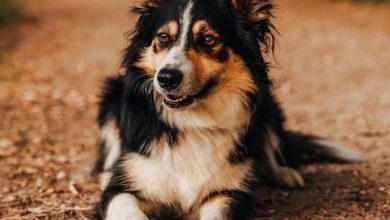How to Safely Introduce Your Puppy to Other Dogs This Year
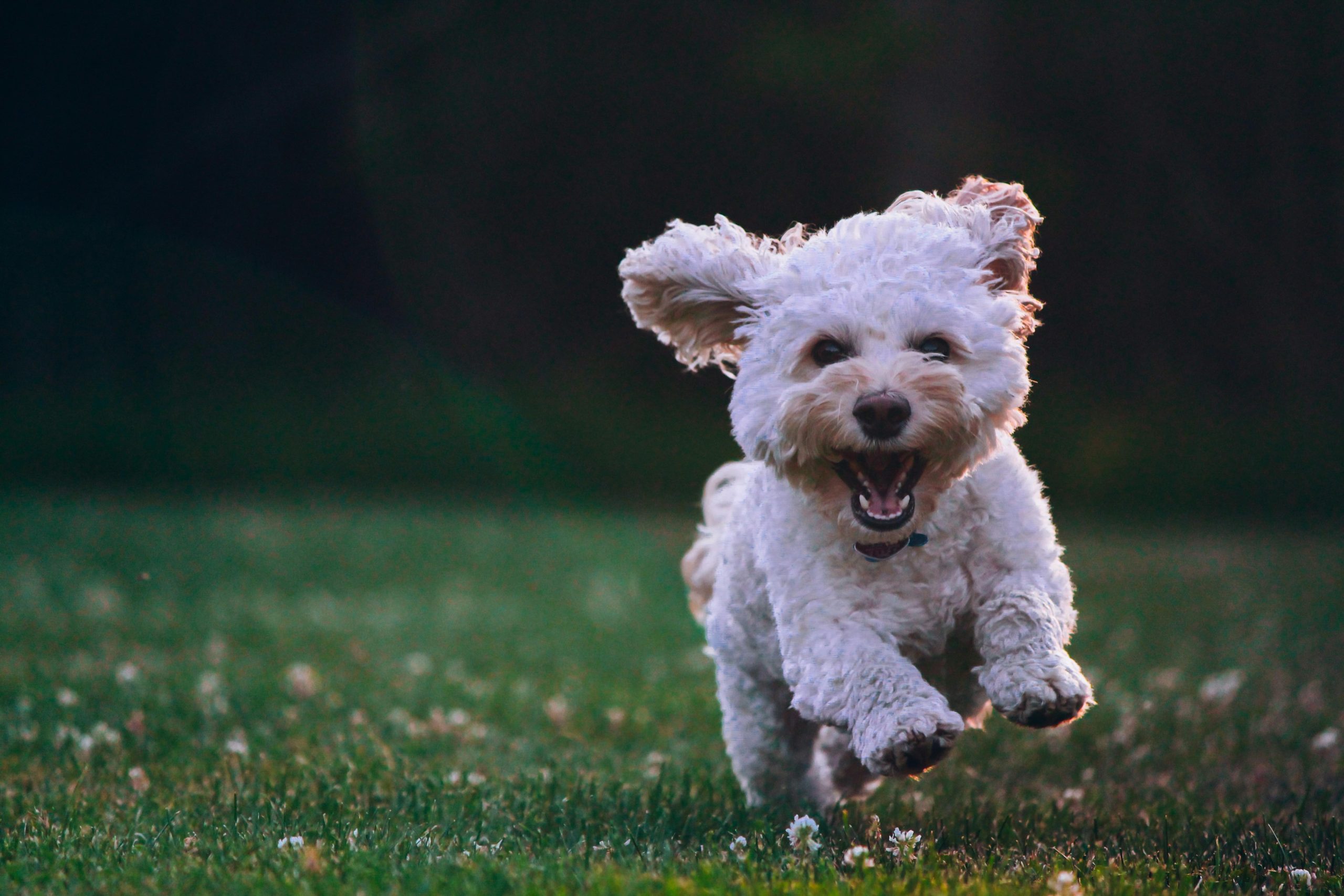
Welcoming a new puppy into your home is an exhilarating journey filled with wagging tails and endless cuddles. Yet, as any seasoned dog owner will tell you, the real adventure begins when you introduce your furry friend to the wider socialization/should-you-allow-your-dog-to-interact-with-all-types-of-dogs/” title=”Should You Allow Your Dog to Interact With All Types of Dogs”>canine community. In a world where socialization is key to a happy and well-adjusted pet, knowing how to safely introduce your puppy to other dogs has never been more important. This year, as we continue to navigate the evolving landscape of pet ownership, it’s crucial to equip yourself with the knowledge and tools to ensure these encounters are positive and enriching. Whether you’re a first-time puppy parent or a seasoned dog lover, join us as we explore the essential steps to fostering harmonious doggy introductions, setting the stage for lifelong friendships and joyful playdates.
Choosing the Right Environment for Puppy Introductions
When introducing your puppy to other dogs, selecting the right setting is crucial for a successful encounter. Opt for a neutral territory where neither dog feels possessive or threatened. Parks, open fields, or friend’s backyards can offer enough space for both dogs to feel at ease. Ensure the area is free from distractions such as loud noises or crowds, which might overwhelm your puppy. Remember, a serene environment helps both dogs to focus on each other and minimizes stress.
Consider the following tips when choosing the ideal location:
- Size Matters: Ensure the space is large enough for the dogs to move freely without feeling confined.
- Avoid High-Traffic Areas: Too many people or dogs can be overwhelming for a young pup.
- Safety First: Look for hazards such as sharp objects or poisonous plants.
- Controlled Access: It can be beneficial to have a gate or fence, allowing you to manage the interaction.
In the right environment, your puppy is more likely to feel secure and confident, laying the groundwork for positive relationships with other dogs.
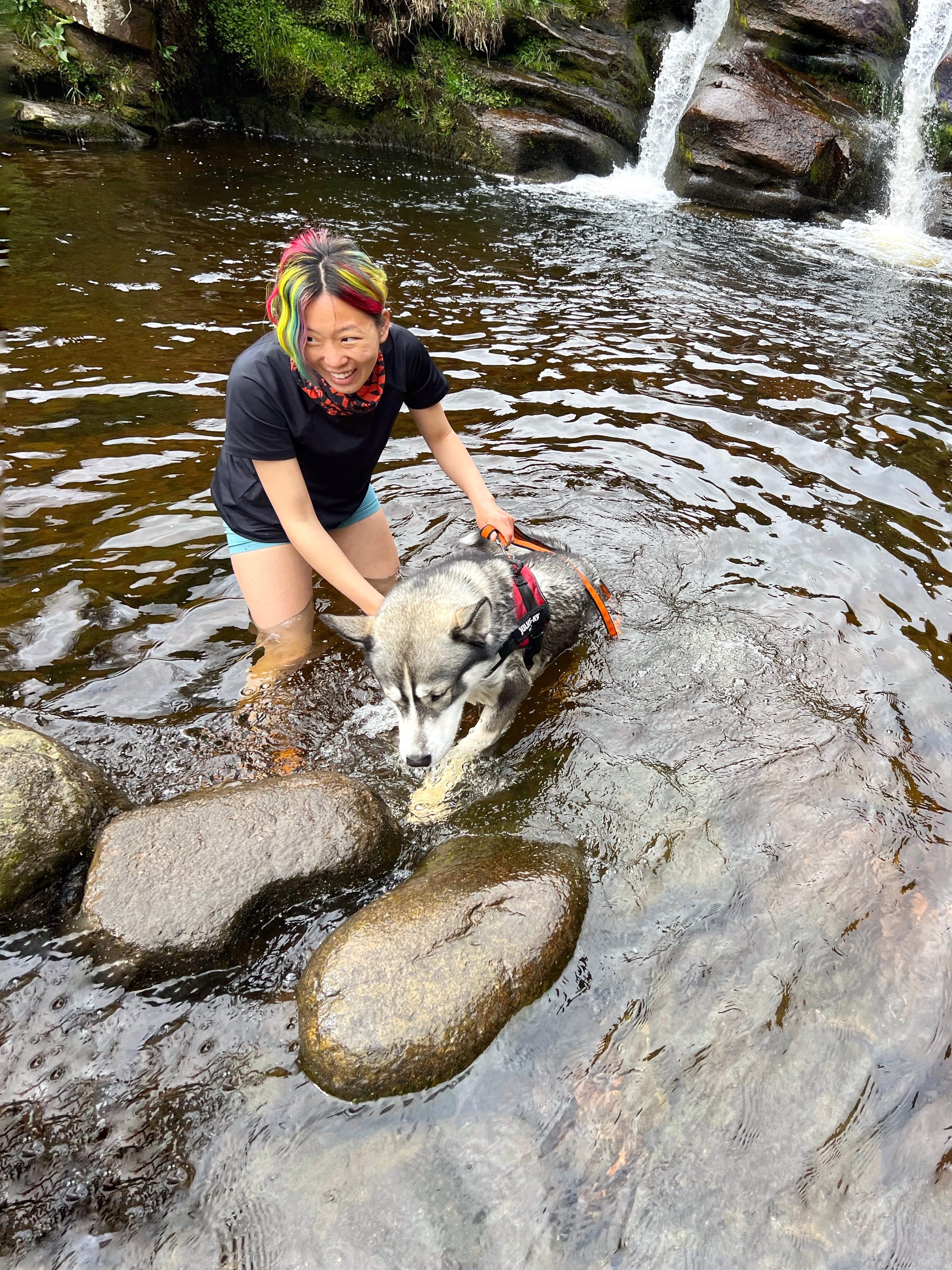
Understanding Canine Body Language for Safer Interactions
Deciphering your puppy’s body language is crucial in ensuring harmonious interactions with other dogs. Puppies often express themselves through a series of postures and gestures that can indicate their comfort level, playfulness, or anxiety. Recognizing these signals can prevent misunderstandings and potential conflicts. Tail position is a key indicator; a high, wagging tail usually signifies excitement, while a tucked tail may denote fear. Ears held forward can indicate curiosity or aggression, whereas ears pinned back might suggest submission or anxiety. Pay attention to your puppy’s stance as well. A relaxed, open stance generally means they’re comfortable, while a stiff, rigid posture can be a warning sign of stress or aggression.
- Play bows: A classic invitation to play, where the puppy lowers their front end while keeping the rear up.
- Yawning or licking lips: Often a sign of stress, indicating that the puppy might need a break.
- Paw lifts: This can be a sign of uncertainty or curiosity, as the puppy assesses the situation.
By understanding these subtle cues, you can facilitate smoother introductions and foster positive experiences between your puppy and other dogs. Always supervise interactions and be ready to intervene if either dog shows signs of discomfort or aggression. Your attentiveness to these details can make all the difference in creating a safe and enjoyable environment for your furry friend.
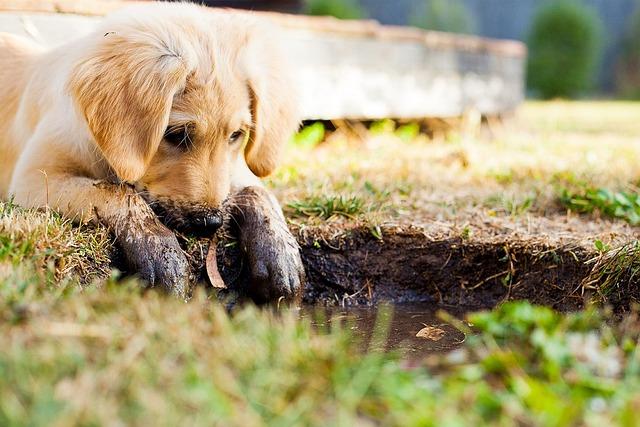
Step-by-Step Guide to First Meetings with Other Dogs
Introducing your puppy to other dogs can be a joyful experience if done correctly. Here’s a step-by-step approach to ensure these first meetings are both safe and enjoyable for all parties involved. Start by choosing a neutral location such as a park or open space where neither dog feels territorial. Ensure both dogs are on a leash but keep it loose to prevent tension.
Observe their body language closely. Look for signs of comfort, like wagging tails and relaxed postures, and avoid forcing interaction if either dog seems anxious. Allow sniffing from a distance before gradually closing the gap. Monitor the interaction continuously and be ready to separate them if any signs of aggression or stress appear. Remember to keep these initial meetings brief, gradually increasing the time as they grow more comfortable with each other.
- Choose a neutral location to prevent territorial behavior.
- Keep leashes loose to avoid creating tension.
- Observe body language for comfort and signs of stress.
- Allow sniffing before encouraging closer interaction.
- Monitor and separate if necessary to ensure safety.
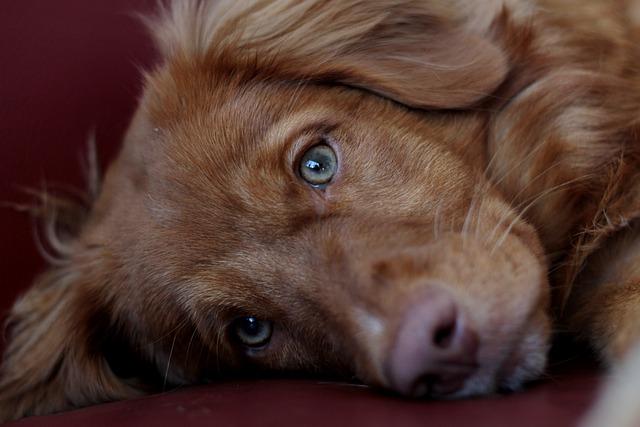
Tips for Managing Group Play and Socialization Sessions
To ensure that your puppy’s group play and socialization sessions are both safe and enjoyable, start by selecting a controlled environment. Choose a space that is fenced and free from potential hazards, allowing your puppy to explore without unnecessary risks. It’s crucial to keep an eye on the dynamics of the group, intervening if any play becomes too rough or if a dog shows signs of stress. This proactive approach helps maintain a positive atmosphere for all participants.
- Observe Body Language: Keep an eye out for signs of discomfort or aggression, such as raised hackles or excessive growling, and intervene promptly if necessary.
- Use Positive Reinforcement: Reward your puppy with treats and praise for calm and friendly interactions, reinforcing good behavior during playtime.
- Limit Group Size: Start with smaller groups to prevent overwhelming your puppy, gradually increasing the number of playmates as your puppy becomes more comfortable.
Remember, every puppy is different, and some may take longer to adjust to group play than others. Be patient and consistent, offering plenty of encouragement and support as your puppy learns to navigate the social world of doggy interactions.


